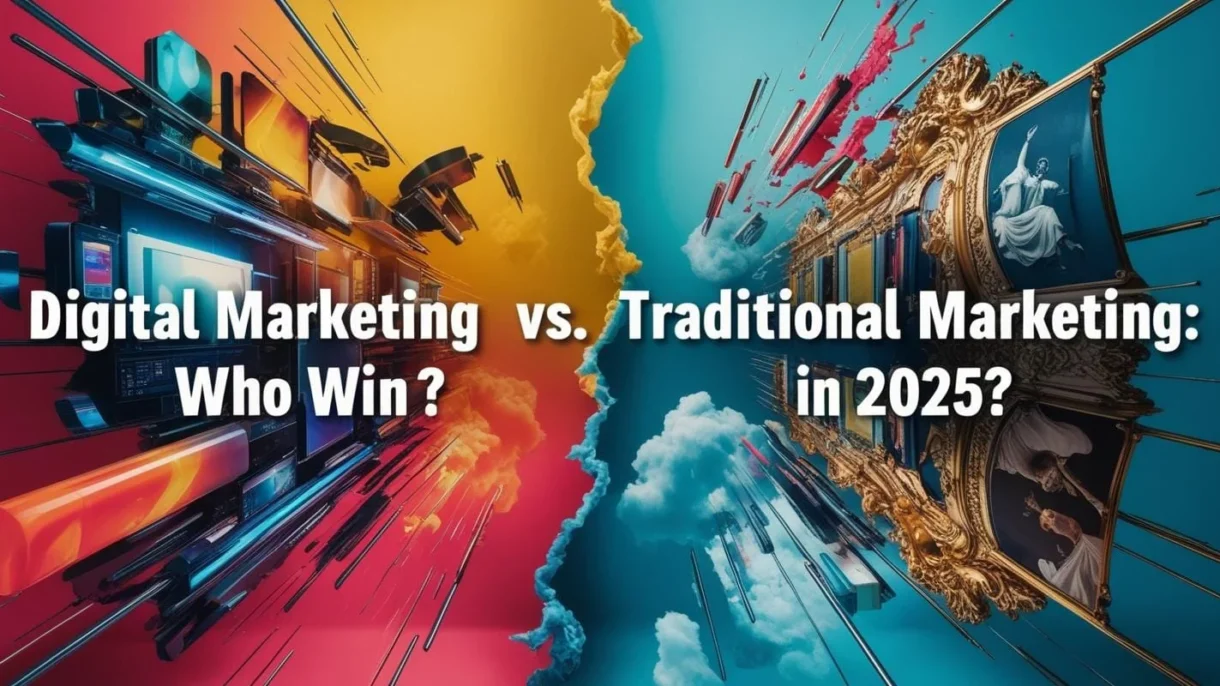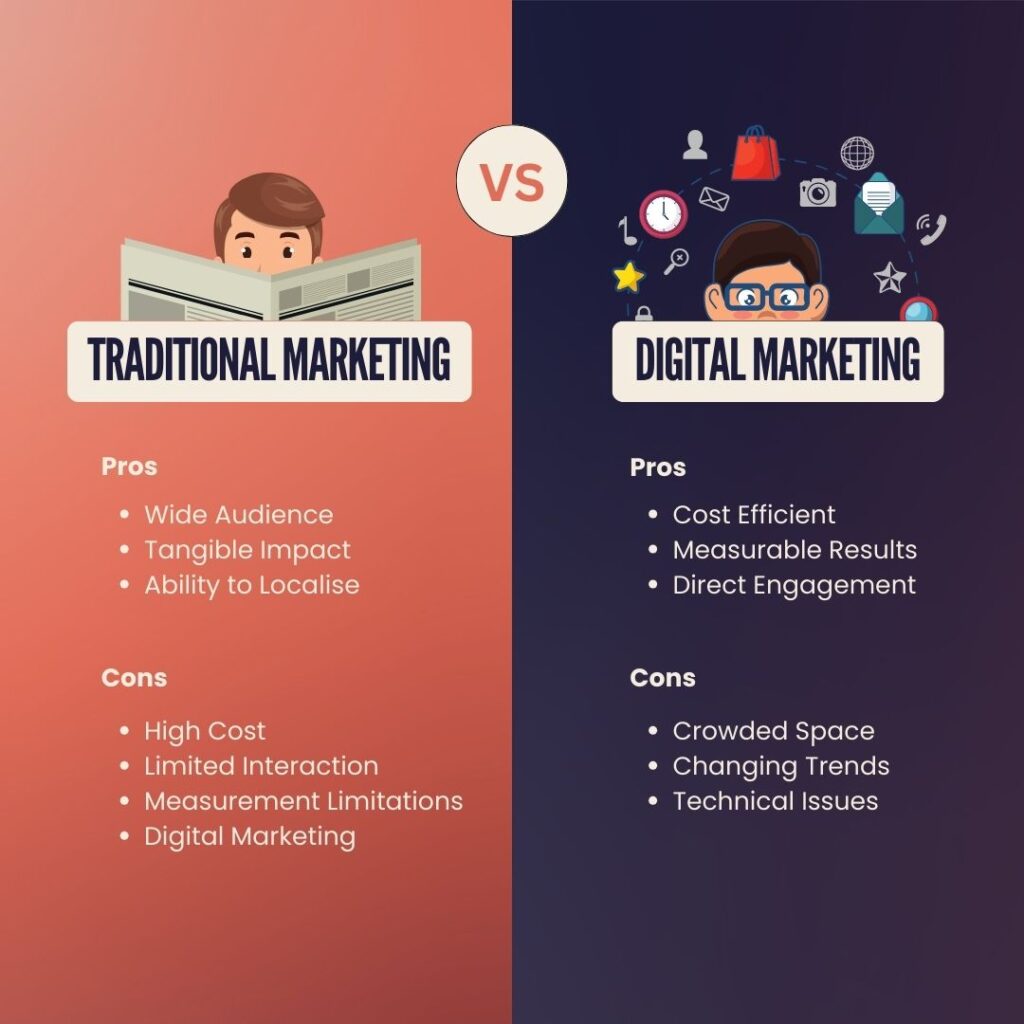
In 2025, Indian businesses are standing at a crossroads, facing a marketing landscape more dynamic and unpredictable than ever before. The explosion of internet usage, driven by affordable smartphones and cheap data plans, has brought millions online, yet a significant part of India still relies on traditional media like newspapers, radio, and television for information and entertainment. This duality creates a unique challenge: how can brands reach the heart of urban metros buzzing with digital chatter, while also resonating with rural communities where a radio jingle or a newspaper ad still holds sway? The problem is not just about choosing between digital or traditional marketing; it’s about solving the puzzle of modern India-where cultures, languages, and media habits collide. Marketers must now craft strategies that are as diverse as the country itself, blending the precision of digital tools with the trusted touch of traditional outreach. This balancing act is not merely a technical challenge; it is deeply emotional, as brands seek to connect with people’s aspirations, dreams, and daily realities. The stakes are high, and the winners will be those who can navigate this complexity with empathy, innovation, and a relentless focus on the customer.
Table of Contents
Sr. Headings
1.Introduction: Navigating Modern Marketing Challenges in India
2.The Limitations of Relying Solely on Performance Marketing
3.Growth Marketing and the Power of Influencers
4.OCP Academy: Shaping India’s Digital Marketers in 2025
5.Indian Case Study: How Reliance Jio Changed the Game
6.The Synergy of Digital and Traditional Marketing
7.Full-Stack Digital Marketing: Transforming Outcomes
8.Digital vs. Traditional: Who Wins in 2025?
9.Real-World Analogies for Indian Brands
10.Final Outcome
11.Motivation for the Future
12.Conclusion
13.Frequently Asked Questions (FAQ)

The Limitations of Relying Solely on Performance Marketing
It is tempting for businesses, especially new-age startups and D2C brands, to pour their entire marketing budgets into performance marketing channels like Google or Facebook ads. After all, these platforms promise measurable results, quick feedback, and the ability to target audiences with laser precision. However, in the Indian context, this approach has significant limitations. The digital ad ecosystem is becoming increasingly crowded and expensive, with cost-per-click rates rising and organic reach shrinking. More importantly, performance marketing is inherently transactional-it is designed to drive immediate actions, such as clicks or purchases, but often fails to build long-term brand loyalty or emotional connection. Over-reliance on these channels can lead to a myopic focus on short-term metrics, causing brands to miss out on the deeper, slower-burning trust that traditional media can foster, especially in rural and semi-urban markets where digital penetration, while growing, is not yet universal. Moreover, changes in data privacy regulations and algorithm updates can suddenly disrupt well-oiled performance campaigns, leaving brands vulnerable. In a country as diverse as India, where word-of-mouth and community trust still play a powerful role, performance marketing alone is not enough to sustain growth or build a brand that endures
Growth Marketing and the Power of Influencers
The real magic happens when brands shift from a narrow focus on performance marketing to a broader, more holistic approach known as growth marketing. Growth marketing is not just about acquiring customers; it is about nurturing them through every stage of the journey, from awareness to advocacy. In India, growth marketing thrives on storytelling, community building, and leveraging the immense power of influencers. Influencers-whether they are Bollywood stars, regional YouTubers, or local Instagrammers-act as bridges between brands and their audiences, translating messages into the language, culture, and aspirations of their followers. Their recommendations carry weight, often more than any ad, because they are rooted in trust and relatability. Growth marketing also embraces experimentation, data-driven optimization, and the integration of multiple channels-digital and traditional-to create campaigns that are both scalable and deeply personal. In a market where trends change overnight and consumer attention is fleeting, growth marketing and influencer partnerships provide the agility and authenticity that brands need to stay relevant and drive sustainable growth.
OCP Academy: Shaping India’s Digital Marketers in 2025
As the marketing battlefield evolves, the need for skilled professionals who can navigate both digital and traditional realms has never been greater. This is where institutions like OCP Academy step in, playing a pivotal role in shaping the next generation of Indian marketers. OCP Academy offers a holistic learning ecosystem that goes beyond textbook theory, focusing on real-world skills, hands-on projects, and mentorship from industry experts. Their curriculum is designed to bridge the gap between what businesses need and what the workforce offers, ensuring that learners are not just job-ready but future-ready. Through live lectures, simulator-based training, and active learning with real case studies, OCP Academy empowers students to master everything from SEO and social media to integrated marketing strategy and analytics. The academy’s emphasis on soft skills, competition readiness, and community support creates a nurturing environment where learners can grow, experiment, and build the confidence needed to tackle India’s unique marketing challenges. In 2025, as businesses demand marketers who can think strategically, act creatively, and adapt quickly, OCP Academy stands out as a beacon for those seeking to make a real impact in the industry
Indian Case Study: How Reliance Jio Changed the Game
No discussion of marketing innovation in India is complete without mentioning Reliance Jio, a brand that redefined connectivity and consumer expectations almost overnight. When Jio entered the market in 2016, it faced formidable challenges: entrenched competitors, high data costs, and limited 4G coverage. Instead of playing by the old rules, Jio launched an audacious campaign-offering free internet and voice calls for six months, backed by a massive investment in infrastructure and bundled digital services. This strategy was not just about aggressive pricing; it was about democratizing access and creating a digital ecosystem that touched every aspect of Indian life. Jio’s marketing blended the best of both worlds: high-decibel TV and print ads to reach rural and older audiences, alongside viral digital campaigns and influencer partnerships to capture the youth. The result? Jio became India’s largest telecom operator, with over 400 million subscribers, and sparked a digital revolution that empowered millions of Indians to come online for the first time. Jio’s story is a testament to the power of integrated, full-stack marketing-where digital and traditional channels work in harmony, and bold, customer-centric strategies can change the game forever.
The Synergy of Digital and Traditional Marketing
The debate between digital and traditional marketing is often framed as a zero-sum game, but the reality in India is far more nuanced. While digital marketing offers unmatched targeting, interactivity, and measurability, traditional channels like print, radio, and TV remain deeply influential, especially in rural areas where internet access can be patchy. In 2024, rural advertising expenditures in India outpaced urban markets, with a 15% year-on-year increase in spending on print and radio, driven by high recall rates and the trust these media command. For many brands, the answer is not to choose one over the other, but to combine them in smart, integrated campaigns. For example, a new FMCG product might launch with a catchy TV jingle and newspaper ads in local languages, while simultaneously running hyper-targeted Facebook campaigns and influencer collaborations to drive urban buzz. This hybrid approach maximizes reach, builds credibility, and ensures that the brand message resonates across India’s vast and varied landscape. The synergy between digital and traditional marketing is not just a tactical choice-it is a strategic imperative for brands that want to win hearts and minds in 2025.
Full-Stack Digital Marketing: Transforming Outcomes
When businesses embrace a full-stack digital marketing strategy-one that integrates SEO, content marketing, social media, email, influencer partnerships, and performance ads-they unlock a new level of growth and resilience. Such strategies allow brands to meet customers wherever they are, whether scrolling through Instagram in Mumbai or listening to the radio in rural Bihar. The benefits are clear: broader reach, higher engagement, stronger brand recall, and improved conversion rates. Studies show that campaigns using both digital and traditional channels see a 30% increase in customer interaction and a 23% boost in brand recall. Companies that adopt this blended approach report a 20% rise in sales conversions, as they can guide consumers through every stage of the buying journey, from awareness to advocacy. In practical terms, this means not just selling more, but building a brand that people trust, remember, and recommend. In a market as competitive and fast-changing as India, full-stack digital marketing is not just an option-it is the key to long-term success and industry leadership.
Digital vs. Traditional: Who Wins in 2025?
By 2025, the scales are tipping decisively in favor of digital marketing, driven by the exponential growth of internet users, the ubiquity of mobile devices, and the sophistication of digital tools like AI and data analytics. However, traditional marketing is far from obsolete; it remains a vital part of the mix, particularly for brands targeting rural and older demographics. The real winners are those who refuse to see this as a binary choice. Instead, they harness the strengths of both approaches, creating campaigns that are as data-driven as they are emotionally resonant. Digital marketing dominates in terms of measurability, cost-effectiveness, and real-time engagement, while traditional media excels at building trust and reaching audiences beyond the digital divide. In the end, the brands that win in 2025 will be those that master the art of integration-leveraging every available channel to tell their story, build relationships, and drive growth in a way that is uniquely Indian.

Real-World Analogies for Indian Brands
Imagine marketing in India as navigating a vast, bustling railway network. Digital marketing is like the superfast express trains-quick, efficient, and able to reach millions in seconds. But traditional marketing is the local train, stopping at every small station, connecting with people in their own language and on their own terms. To truly cover the country, you need both-the speed of the express and the reach of the local. Brands that rely only on the express may miss the richness and diversity of India’s smaller towns and villages, while those who stick to the local may never achieve scale. The smartest marketers are those who know when to switch tracks, blend strategies, and ensure that their message travels the length and breadth of the nation.
Final Outcomes
The final outcomes of adopting a full-stack digital marketing strategy in India in 2025 are truly transformative for businesses willing to embrace this holistic approach. Companies that blend the precision and scalability of digital marketing with the trusted reach of traditional channels are seeing not just a spike in sales, but a deeper, more enduring connection with their audiences. Brands that once struggled to break through the noise are now able to reach consumers across urban and rural landscapes, tailoring their messages to local cultures, languages, and media habits. This integrated strategy results in higher brand recall, increased customer loyalty, and more meaningful engagement, as customers feel seen and valued at every touchpoint-from a relatable influencer’s Instagram story to a familiar radio jingle in their native language. Businesses report improved ROI, as campaigns become more efficient and adaptable, leveraging real-time data to optimize performance while still building the long-term trust that traditional media fosters. Moreover, companies that invest in upskilling their teams through institutions like OCP Academy find themselves better equipped to navigate the fast-changing market, using data analytics, creative storytelling, and cross-channel expertise to stay ahead of the competition. The ultimate outcome is a brand that is resilient, agile, and truly Indian at heart-one that grows not just in numbers, but in reputation and relevance, ready to thrive in the ever-evolving landscape of 2025 and beyond.
Motivation for the Future
As we look ahead to 2025, the message is clear: Indian businesses that embrace change, invest in learning, and adopt a full-stack approach to marketing will not just survive-they will thrive. The journey is not easy; it requires courage, creativity, and a willingness to experiment and adapt. But the rewards are immense: a brand that is loved, trusted, and remembered by millions. Whether you are a startup founder, a marketing professional, or a student dreaming of making your mark, now is the time to upskill, innovate, and seize the opportunities that India’s vibrant market offers. The future belongs to those who dare to blend the best of digital and traditional, who never stop learning, and who believe that with the right strategy, anything is possible. Let’s build brands that inspire, connect, and make a difference-one campaign at a time.
FAQs


Yes, but it takes time, consistency, and strategy. Organic growth is slower but builds long-term value.
Absolutely, but they must be part of a larger funnel. Without a proper landing page or content support, ads alone won’t convert.
It’s a combination of all digital skills: content creation, paid ads, SEO, analytics, email, social, influencer, and more. It gives you a holistic view of marketing.
Enroll in practical, hands-on programs like those at OCP Academy. Choose mentors who’ve worked in the field, not just taught theory.
Yes! Even small brands can collaborate with micro-influencers who have high engagement and local trust.
Conclusion
In conclusion, as we stand on the threshold of 2025, the Indian marketing landscape is more vibrant and full of opportunity than ever before, but it also demands more from brands and marketers. The old debate of digital marketing versus traditional marketing is no longer about choosing one over the other, but about understanding how to weave both into a powerful, cohesive strategy that truly resonates with India’s diverse audiences. The most successful businesses are those that recognize the value of digital innovation-leveraging data, automation, and influencer partnerships-while still honoring the deep emotional connections and trust that traditional media channels foster, especially in rural and semi-urban markets. The journey requires adaptability, creativity, and a willingness to keep learning, as the rules of engagement shift with new technologies and evolving consumer habits. Institutions like OCP Academy are lighting the way, preparing a new generation of marketers to think beyond silos and embrace a full-stack approach that is both data-driven and deeply human. The future belongs to those who are not afraid to experiment, who listen to their customers, and who are committed to building brands that are not just seen, but loved and remembered. So, whether you are a business owner, a marketer, or a student dreaming of making your mark, take heart-the tools, the knowledge, and the opportunities are all within your reach. With passion, persistence, and the right strategy, you can not only navigate the complexities of modern marketing but also create a legacy that inspires and uplifts, making a real difference in the lives of millions across India.
OCP Academy
(A Unit of OCP Foundation)
Learning Today, Leading Tomorrow

